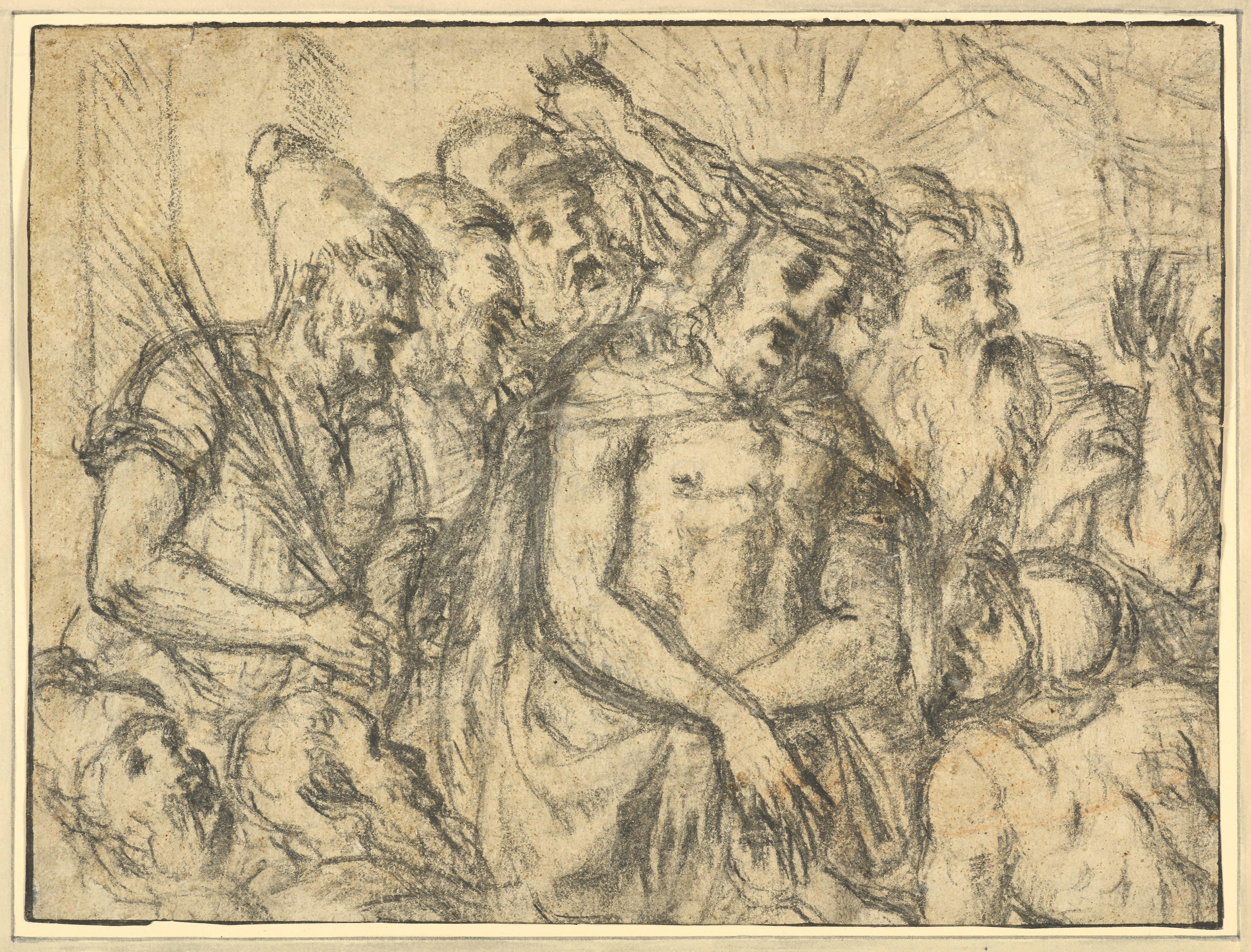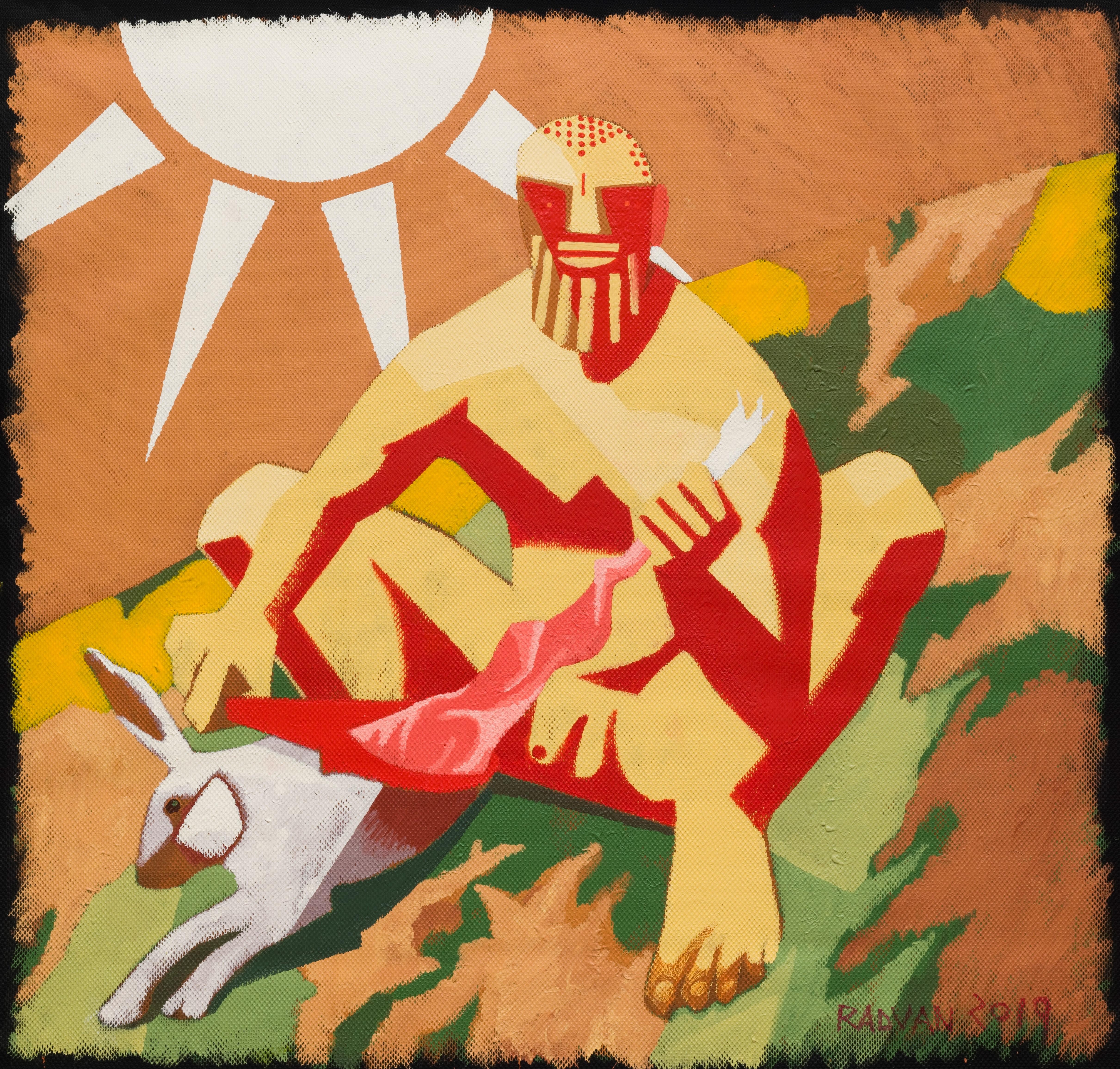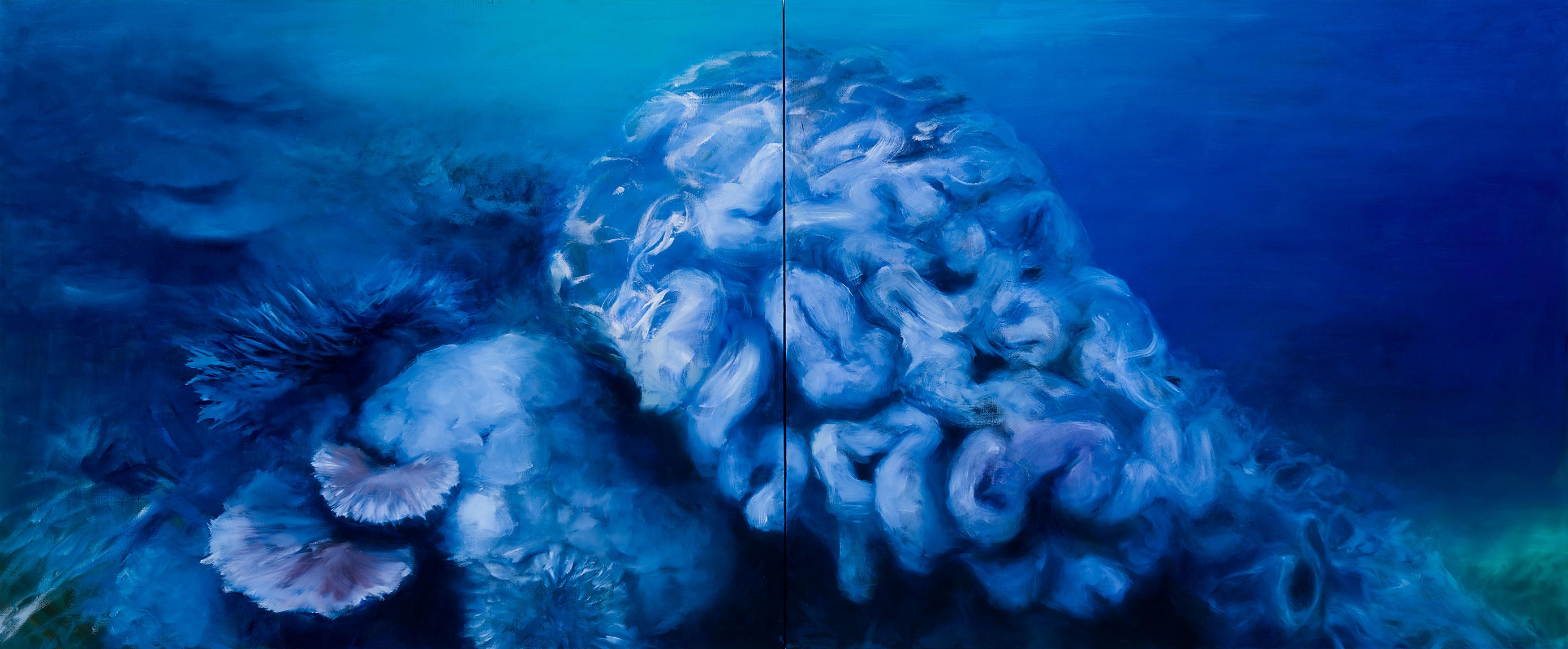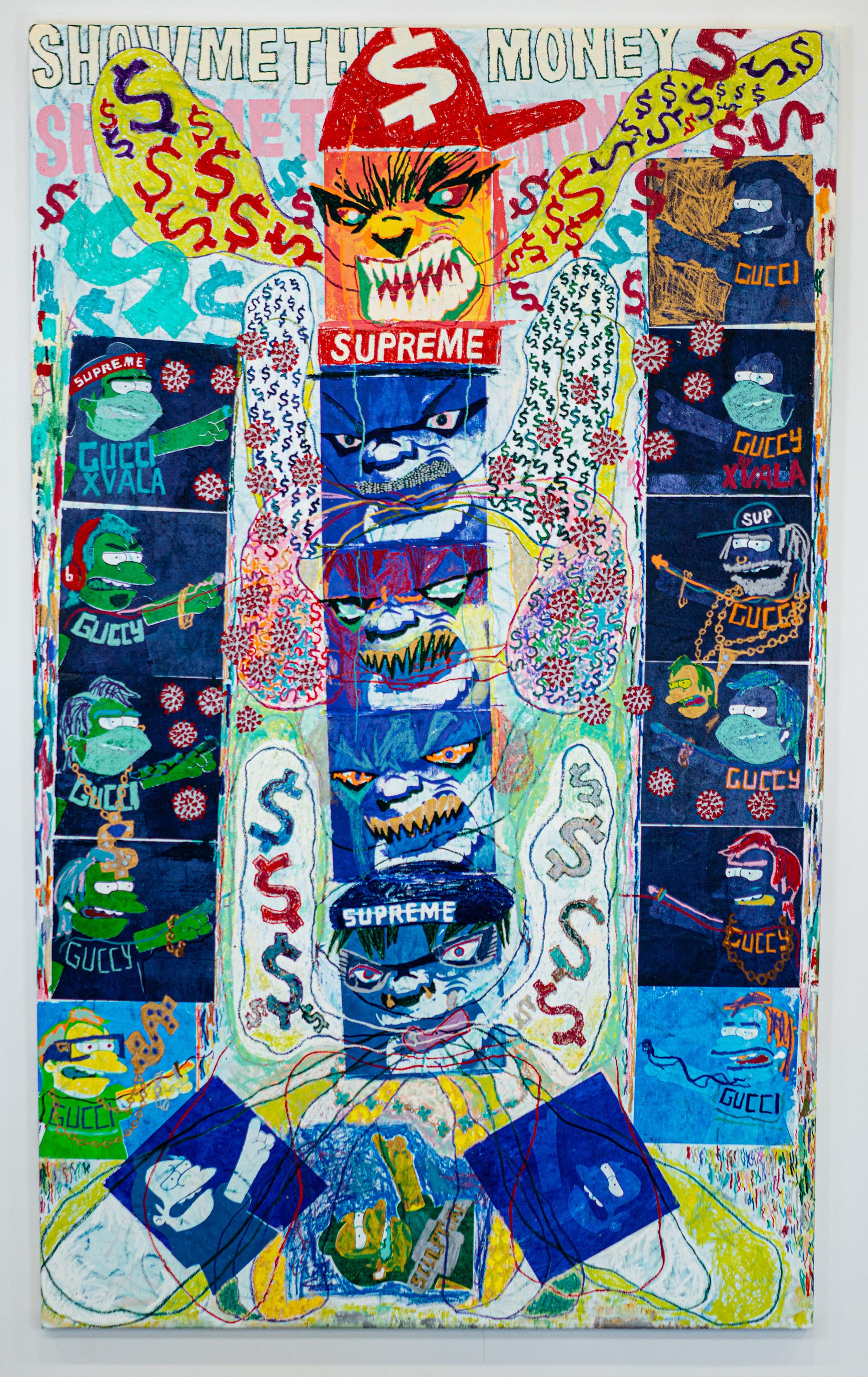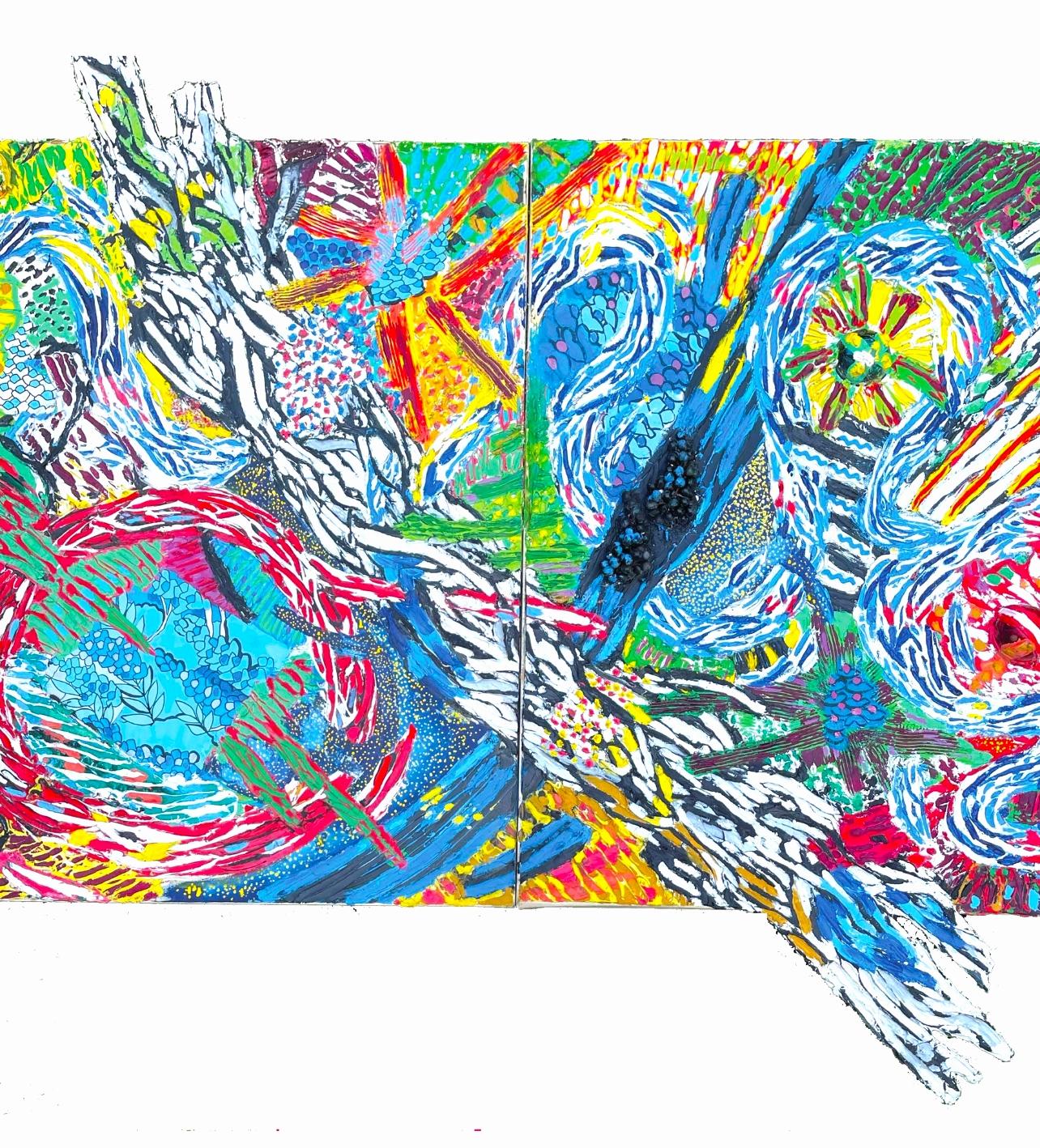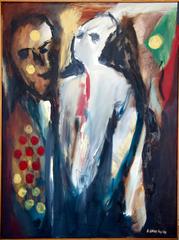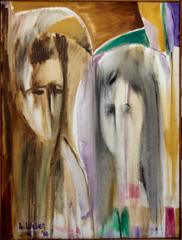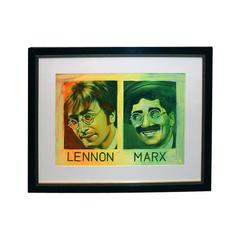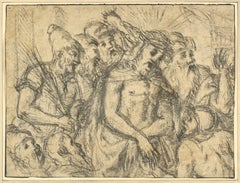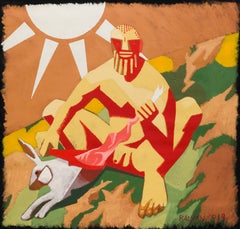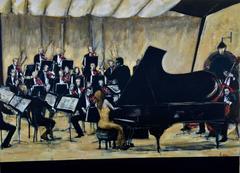
Ochestra
View Similar Items
Want more images or videos?
Request additional images or videos from the seller
1 of 12
Ernesto SecoOchestraLate 20th century
Late 20th century
About the Item
- Creator:Ernesto Seco (Mexican)
- Creation Year:Late 20th century
- Dimensions:Height: 55.5 in (140.97 cm)Width: 77.5 in (196.85 cm)Depth: 1.5 in (3.81 cm)
- Period:
- Condition:very minor handling marks.
- Gallery Location:Palm Springs, CA
- Reference Number:1stDibs: LU16221001513
About the Seller
No Reviews Yet
Vetted Seller
These experienced sellers undergo a comprehensive evaluation by our team of in-house experts.
Established in 1995
1stDibs seller since 2015
6 sales on 1stDibs
More From This SellerView All
- Two Figures with flowersBy Arnold WeberLocated in Palm Springs, CAA nice abstract painting by the noted artist Arnold Weber (1931-2010). The abstract is in a strip frame which has marks scratches and some minor losses. It is signed and dated Aug196...Category
1960s Abstract Expressionist Figurative Paintings
- two facesBy Arnold WeberLocated in Palm Springs, CAA nice abstract painting by the noted artist Arnold Weber (1931-2010). The abstract is in a strip frame which has marks scratches and some minor losses. It is signed and dated 1960 o...Category
1960s Abstract Expressionist Figurative Paintings
- john Lennon and Groucho MarxBy Ron EnglishLocated in Palm Springs, CAout a group of Ron English artworks we purchased is another version of this great play on names. A great iconic image of two legends John Lennon and Groucho Marx...Category
1990s Pop Art Figurative Paintings
- Lennon and MarxBy Ron EnglishLocated in Palm Springs, CAA great iconic image of two legends John Lennon and Groucho Marx. The symbolism is classic Ron English, these greats represent the opposites of their namesakes Karl Marx and Vladimi...Category
1990s Pop Art Figurative Paintings
- Hanging with JesusBy Joshua JenkinsLocated in Palm Springs, CAA quite impressive large abstract by the noted artist Joshua Jenkins, done in 2014 and titled on the back "Hanging with Jesus" Some minor paint loss, but in good condition. The paint...Category
2010s Figurative Paintings
MaterialsAcrylic
- UnitledBy Emmanuel SnitkovskyLocated in Palm Springs, CAA wonderful large Janet and Emmanuel Snitkovsky painting of a woman. The painting is not framed and has some paint loss on the edges as well as some scratches to the painting. A striking image. The following is a bio from askart; Mr. Snitkovsky is an internationally known artist, sculpture and poet. His works of art are included in collections of the Japanese Imperial Family, Sheik Muhamed Nasser of Saudi Arabia, Clint Eastwood, Tony Bennett, Jose Eber, M. Rastropovich and many others. Mr. Snitkovsky has sold at Sotheby's and Christie's alongside the works of Matisse, Rodin, Picasso and Toulouse Lautrec. He has exhibited in London, Italy, Japan, Russia, New York, Los Angeles, Hollywood, Las Vegas (Caesar's Palace) and New Orleans. He and his wife Janet have produced over 1,000 paintings and many sculptures. The great Marc Chagall once said about Janet and Emmanuel Snitkovsky that, "They possess the technique of a virtuoso and show great professional mastery in all their works." Snitkovsky's Charlie Chaplin and Buster Keaton on Hollywood Boulevard have become Hollywood landmarks. Snitkovsky's two Sonny...Category
20th Century Figurative Paintings
MaterialsAcrylic
You May Also Like
- Almazan 55 Realistic Still Life pastel PaintingBy Luis Almazan MiquelLocated in CORAL GABLES - MIAMI, FLAlmazan Realistic Still Life Acrylic Painting virtual frame MIQUEL was an artist focused on the art of realism. His structured works on his great mastery of drawing, are romantic an...Category
Late 20th Century Realist Figurative Paintings
MaterialsPaper, Pastel
- Christ before Herod, a drawing from the School of TitianLocated in PARIS, FRThis vigorous drawing is clearly inspired by the numerous compositions on the Ecce Homo theme which were produced by Titian and his workshop at the painter's maturity. However, the number of characters and their expressionist treatment, the many variations to Titian's paintings reveal a drawing made by an original artist, perhaps of foreign origin, belonging to the peripheral circle of the "Titian solar system”, as described by the art historian Enrico Maria del Pozzolo. 1. Titian, the leading artist of 16th century Venetian painting and his botteghe Tiziano Vecelli (or Vecellio), known as Titian, was born between 1489 and 1490 in Pieve di Cadore in the Veneto region of Italy into a wealthy family of soldiers and lawyers. At the age of 15, he joined the studio of Giovanni Bellini, where he became friend with Giorgione, ten years his senior. Giorgione introduced him to a new pictorial style in which forms are defined by colour and pictorial substance, freeing himself from the meticulous underlying drawings characteristic of Bellini's painting. Titian became the official painter of the Republic of Venice upon Bellini's death in 1516. In 1518, the completion of his Assumption for the church of Santa Maria Gloriosa dei Frari in Venice established his reputation as the leading painter of the Venetian school: throughout his career, Titian had a considerable impact on other artists of his time, whether they were direct collaborators, occasional contributors, or other artists under his influence. Considered one of the greatest portraitists of his time, his fame spread throughout Europe and he became the official painter of the greatest European families: the Gonzagas, the Farneses (Alessandro Farnese, of whom he executed several portraits, was elected pope in 1534 under the name of Paul III), the Habsburgs (he went to Augsburg in 1548 to paint the portrait of Charles V and King Philip II of Spain, his successor, later became the artist's main patron). As Titian almost reached the age of 90 years, he saw during his lifetime the death of many of his loved ones (his wife Cecilia, his brother Francesco and his son Orazio). A pathetic feeling appears in his late artworks, such as his famous Pieta, his last work intended to decorate his tomb which remained unfinished. Titian's success was also based on the establishment of a large and versatile workshop, which, alongside the traditional assistance in the production of certain paintings, ensured the publication of numerous woodcuts, allowing the master's works to be widely distributed. Long ignored by art historians, the individual stories of these various collaborators, the organisation of this workshop and the interactions of the collaborators with the master are at the heart of contemporary studies on the artist. 2. A complex composition with expressionist overtones Executed with great virtuosity in black chalk, the composition of our drawing is complex, even slightly confused and probably reflects several phases of execution, if not several hands. The scene is organised around the characters of Christ and an executioner wearing a Phrygian cap. Christ is presented at mid-body, slightly at an angle, his torso bare, his shoulders draped in a cloak, his hands clasped together and probably bound. His head, as if weighed down by the crown of thorns, is slightly bent forward. The eyes and mouth are hollowed out by the black chalk to better express his sorrow. The man wearing a Phrygian cap holds a whip in his right hand, while his left hand, barely outlined, seems to be pulling aside Christ's tunic as if he were about to scourge him. Two other men, who may have been added at a later stage, occupy the space between the executioner and Christ. One is depicted in profile, while the one behind Christ appears to be wearing a military helmet. In an indistinct gesture, his left arm is raised as if to strike Christ. Slightly behind Jesus on his left side, appears a bearded old man wearing a turban. With his left arm raised, he holds out the palm of his hand in a gesture of amazement. His face is finely executed and contrasts with the hand depicted in a rather crude manner. This character may also have been added at a later stage, as he does not fit in perfectly behind the group formed by Jesus and his executioner. This frieze is completed in the left foreground by two additional figures depicted in three-quarter view. Soberly sketched but with great fluidity, only their heads emerge, as if Christ and his executioners were situated on a pedestal above a large crowd. Finally, on the right-hand side of the composition, a second helmeted soldier is depicted. His musculature can be seen under his armour while he stares intently at Christ. He is smaller than the other figures, even though he appears in the front row, revealing a certain clumsiness on the part of the artist. 3. Ecce Homo, one of Titian’s favourite subjects in his twilight years In 1543, Titian tackled the theme of the Ecce Homo in a masterly composition now in the Kunsthistorisches Museum in Vienna. Christ is presented by Pilate, dressed in an antique costume, at the top of a staircase, in a large, highly architectural setting animated by a crowd of characters. The title of the painting refers to a passage from the Gospel of St John (19, 1-5): “Then Pilate took Jesus and had him flogged. The soldiers twisted together a crown of thorns and put it on his head. They clothed him in a purple robe and went up to him again and again, saying, “Hail, king of the Jews!” And they slapped him in the face. Once more Pilate came out and said to the Jews gathered there, “Look, I am bringing him out to you to let you know that I find no basis for a charge against him.” When Jesus came out wearing the crown of thorns and the purple robe, Pilate said to them, “Here is the man!” From the 1540s onwards, Titian and his workshop repeatedly depicted the Christ of Sorrows for their principal patrons. In these paintings, Titian returned to the half-body format that he had practically abandoned since 1520 and refocused the composition (compared to the large 1543 Ecce Homo) on the figure of Christ, who is depicted alone or accompanied by a few figures. With his eyes lowered and his head slightly bowed, Titian's Christ seems calmly resigned to his fate. Powerless and submissive, he arouses deep pathos from the viewer. The tondo in the Louvre Museum shows Christ in a position very similar to that of our drawing, a position that will be found in most of Titian's Ecce Homo. To his right stands a helmeted soldier who seems to be baring his shoulder and to his left a servant of Pilate wearing a Phrygian cap. These two figures are reminiscent of the soldier in the lower right corner and the executioner in the left most part of our drawing. Various versions were executed by Titian and his workshop until the late 1560s, and the version that seems closest to the right-hand side of our drawing is the one in the Prado Museum. Although of uneven quality, it is interesting to note the gesture of Pilate's hand, holding out the palm of his left hand towards the viewer, as if to distance himself from the decision that the crowd will make. Recent X-rays of the painting have shown that the executioner on the right, depicted from behind, was originally depicted in profile (as in our drawing), and that the other two figures (Pilate on the left of Christ and a servant wearing a Phrygian cap on his right) were added later. The painting was then organised around the diagonal that crosses the canvas from left to right, emphasised by the light coming from the window, and centred on the exchange of glances between Christ and the executioner on his left. The profile of the old man in the foreground on the left could be inspired by that of the elderly Titian as it appears repeatedly in the painter's late artworks, such as the Madonna of Mercy in the Palatine Gallery. 4. A deeply original drawing, at the risk of confusion We saw in the last paragraph the various borrowings from Titian's depictions of the Ecce Homo that can be found in this drawing: the position of Christ, the presence of executioners wearing Phrygian caps and of helmeted soldiers, one of whom is looking at Christ in a position that evokes the repentance visible with X-ray in the Madrid painting...Category
16th Century Old Masters Figurative Drawings and Watercolors
MaterialsChalk
- Archaic Hercules Skinning a Rabbit - Contemporary, Sun, Rabbit, Red, YellowBy Alexandru RădvanLocated in Berlin, DEArchaic Hercules Skinning a Rabbit, 2019 Acrylic on canvas 53.14 H x 55.11 W in. 135 H x 140 W cm In classical mythology, Hercules is famous for his strength and his numerous far-ra...Category
2010s Contemporary Figurative Paintings
MaterialsAcrylic, Canvas
- "Ebbing Reef" Corals, Large Scale Contemporary Seascape Oil Painting (deep blue)By Karen MarstonLocated in New York, NY60"x144" large scale painting, oil on canvas, created on two joined canvases. The deep blue palette gives a sense of underwater space in this grand depiction of coral reefs. Artist, Karen Marston presents this endangered species in a grand scale to show its beauty and importance to our environment. Karen Marston is a painter living and working in Brooklyn, NY. Her work has been seen in a number of solo exhibitions in New York City. In addition to her 2018 show Harbingers, at the Owen James Gallery in Soho, other recent solos include: 2017’s To Embrace the Whole Sky with the Mind, at Station Independent Projects on the Lower East Side, Demeter’s Wrath in 2016 at the Owen James Gallery and Storm Watch...Category
2010s Contemporary Landscape Paintings
MaterialsOil, Canvas
- 'Show Me the Money: Ultra Luxury Edition, ' by XVALA, Mixed Media PaintingBy XVALALocated in Oklahoma City, OKThis large 119" x 72" mixed media painting by the artist, XVALA, is from his series 'Pandemic Collection: 8' and depicts bright colorful cartoon chara...Category
2010s Abstract Expressionist Figurative Paintings
MaterialsCanvas, Mixed Media, Acrylic, Oil Crayon, Screen
- HOMAGE TO THE CLASSICSBy Ferjo, Fernando de Jesus OliveiraLocated in Aventura, FLOriginal oil painting on canvas. Hand signed on front by the artist. Canvas is stretched. Artwork is in excellent condition. Certificate of authenticity included. All reasonable...Category
21st Century and Contemporary Surrealist Figurative Paintings
MaterialsCanvas, Oil
$4,200 Sale Price / item30% Off

